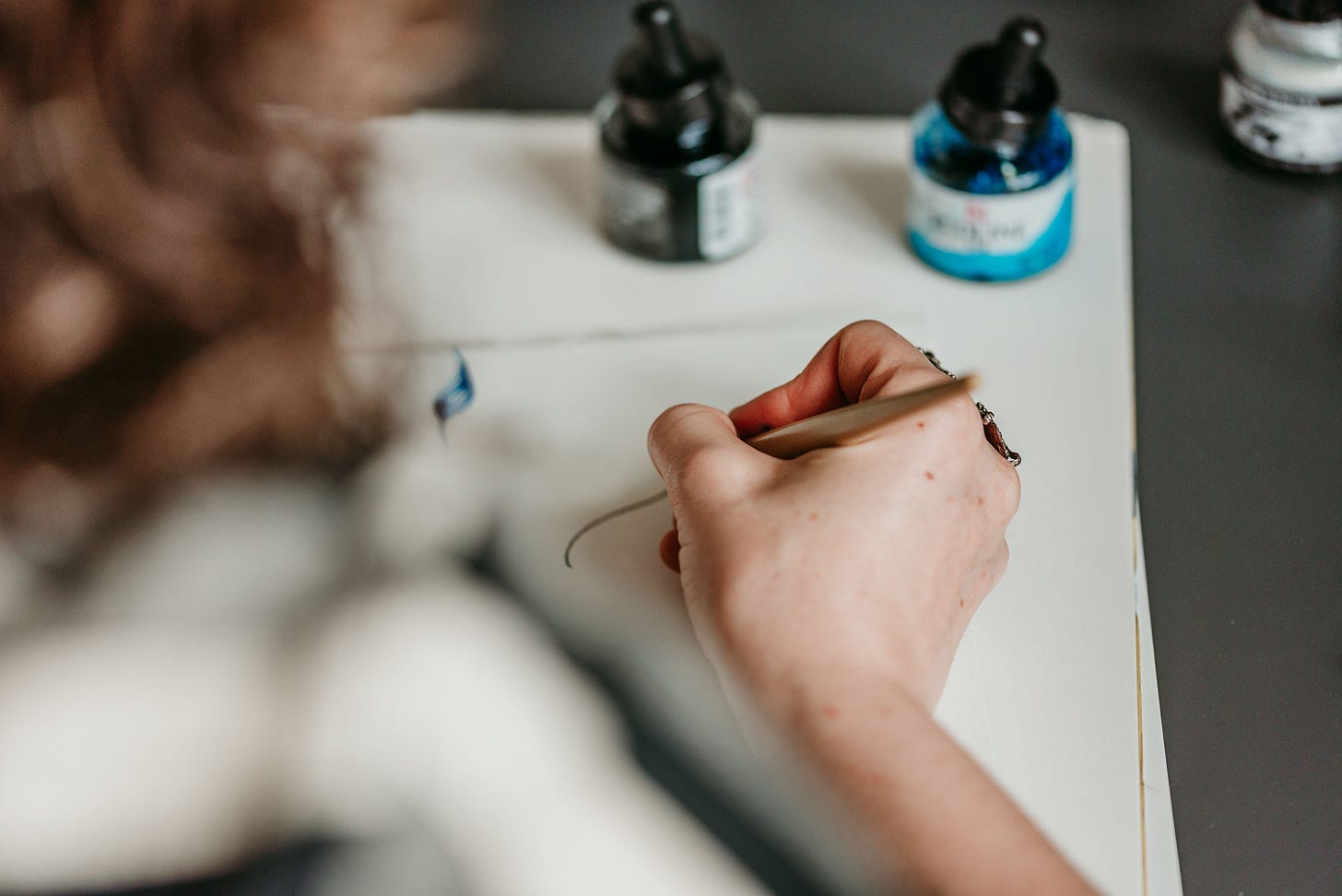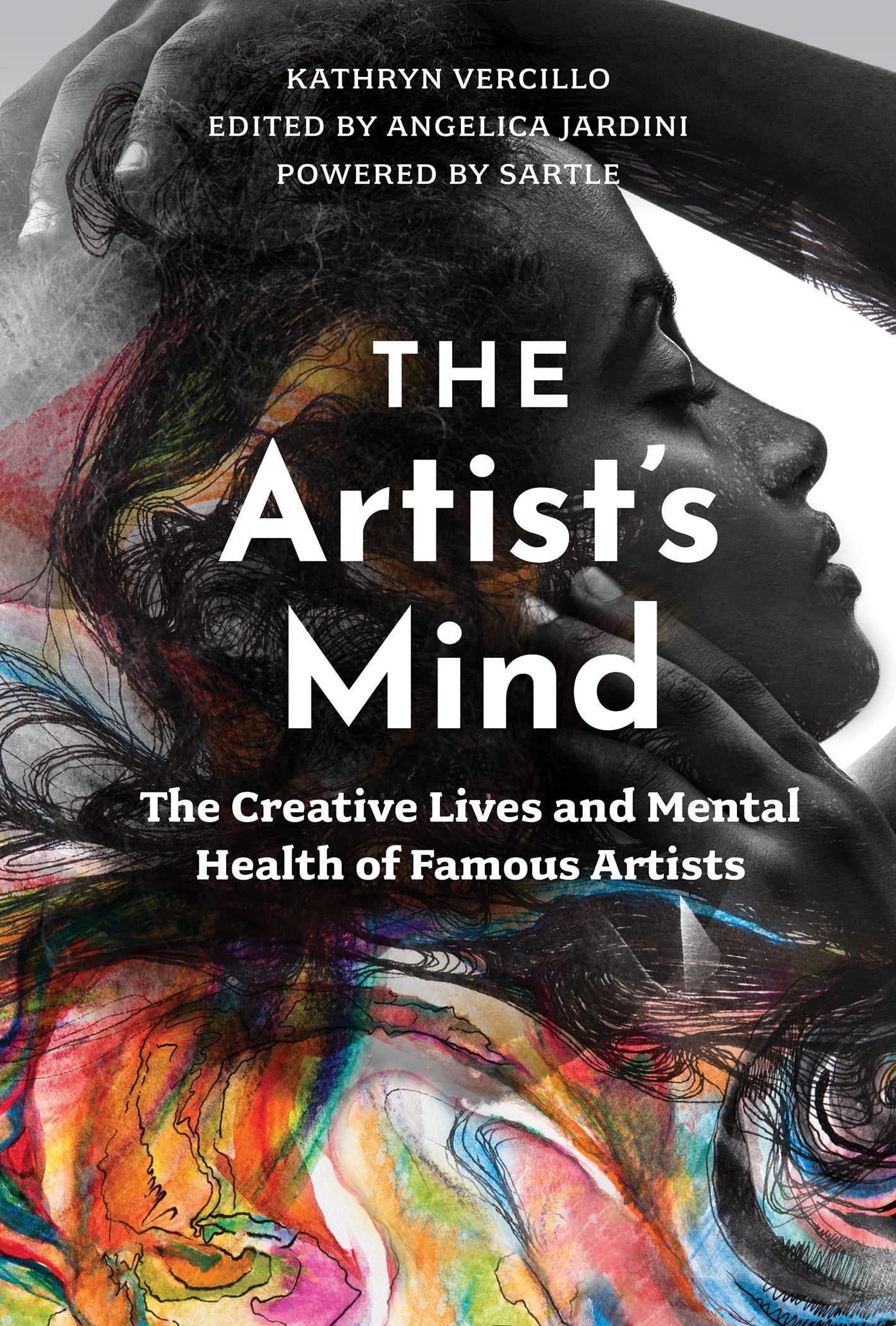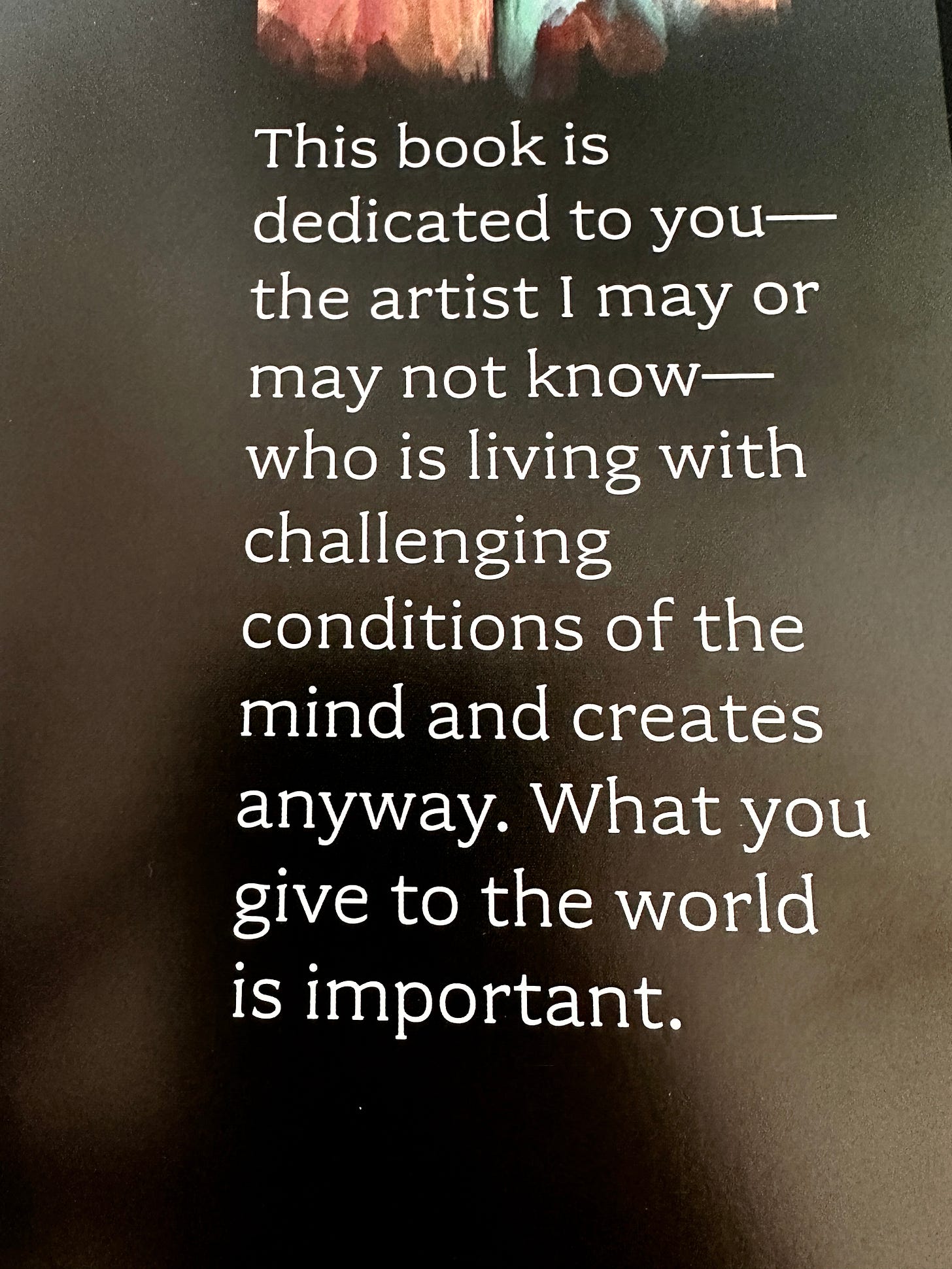In case you missed it, last week I published this portrait and story about Kiren. Sharing the piece was, as usual, hugely emotional for us both, and we have received some truly beautiful feedback about how her story resonated. I would so appreciate it if you would read it and share it, as these stories of resilient and exceptional women need to go far and wide ❤
About six months ago, I decided to start a series of posts on Substack in which I share some of the tools I use with my clients to help them dig a little deeper, to get under the skin of their energy. As part of the series, I also wanted to invite others to share some of their tools too, but me being me, it took a push to finally get around to.
I love having ideas, and I love telling my assistant to get on with the workload. Months later, when I look and see that the job is still not done, I get frustrated and think about firing someone. Then I remember that I actually don’t have a team of ten people working 24/7 to do ALL OF THE THINGS, I just have me and myself. So nobody gets fired (though I often wish I could replace parts of myself with someone more productive) and I get down to work.
So finally, here is the first instalment. This series will be focused on getting to know ourselves better — from perception, to understanding, to action.
We can always find another doorway to an unexplored part of ourselves, expanding ourselves and our limits.
Today,
has contributed a lovely piece about repetition, which reminded me of how I used to draw — making patterns, filling whole pages with lines and shapes. Such a soothing and mindful practice, which Kathryn’s piece has prompted me to revisit. For those of you who want to know more, I’ll post some artwork in the comments 🥰Kathryn is a writer and artist who explores the complex relationship between art and mental health. She recently released her new book The Artist’s Mind: The Creative Lives and Mental Health of Famous Artists. The book aims to begin a conversation about how mental health symptoms/life stressors impact creative process, content, medium and productivity while also honouring the therapeutic value of art. It’s such an interesting topic and I highly recommend following Kathryn’s Substack.
Notes on Repetition by Kathryn Vercillo.
Tamzin asked me a question that really gave me pause for thought:
“Do you have an exercise or ritual for accessing a deeper part of yourself that isn't readily available?”
I paused because I have lots of different rituals and routines that are related to my creativity. For example, my morning routine includes a combination of inspirational reading, flow writing, and easing into “work writing” while also snuggling my dogs and drinking my coffee. Daily rituals are one way of getting to know myself better.
The rituals themselves can also become routine, so I wondered about my own tools for uncovering my patterns and narratives that may no longer be useful to me. I turned to my book, The Artist’s Mind, and realized that repetition is something that’s always been helpful.
The Artist’s Mind is a series of biographies of famous artists with mental health challenges. I realized in my research that repetition came up for a lot of these artists, in their lives and their art. Many of these artists repeated problematic relationship dynamics throughout their lives, which affected their mental health as well as their creativity. They also incorporated repetition into their work, repeating content or themes, often as a means of working through trauma. Frida Kahlo’s self-portraits of her most difficult times, for example, or Louis Wain’s repetition of cats as a theme may have been linked to his schizophrenia symptoms. Yayoi Kusama repeats dots over and over, in part as a way to give order to the chaos of her anxiety.
This got me thinking about repetition in my own creative life and how it has helped me, and while there are many ways, I wanted to share two big ones:
1. Crochet has been a hugely therapeutic art for me. Crochet is repetition in each stitch, a series of “yarn over, pull through the loop” again and again. It’s row after row. There’s a lot of research that shows that this repetition is what brings mindfulness, creates calm, and maybe even boosts serotonin. For me, it offers this kind of magical experience where my mind stops ruminating on the same old stories and begins to work through new ways of seeing things while I sit there and stitch. It creates this safe, calm space where I’m able to view things differently, allowing me to expand my own narrative.
2. I also explore repetition in my writing to see patterns that I previously wasn’t aware of. I go through phases of doing Julia Cameron’s “morning pages” journaling technique. She mentions that you find yourself writing the same complaints over and over again until eventually you get sick of them and make a change, which I’ve experienced. Also, I go back through that writing and find patterns that weren’t obvious at the time.
So, I encourage you to take some time to think about the ways in which repetition shows up in your life and in your creative practice. How might you benefit from using that information to break out of old patterns? Can you create a bigger narrative for yourself?
Thank you so much,
. You can purchase her book, The Artist’s Mind, here.Until next week,
Tamzin xx






